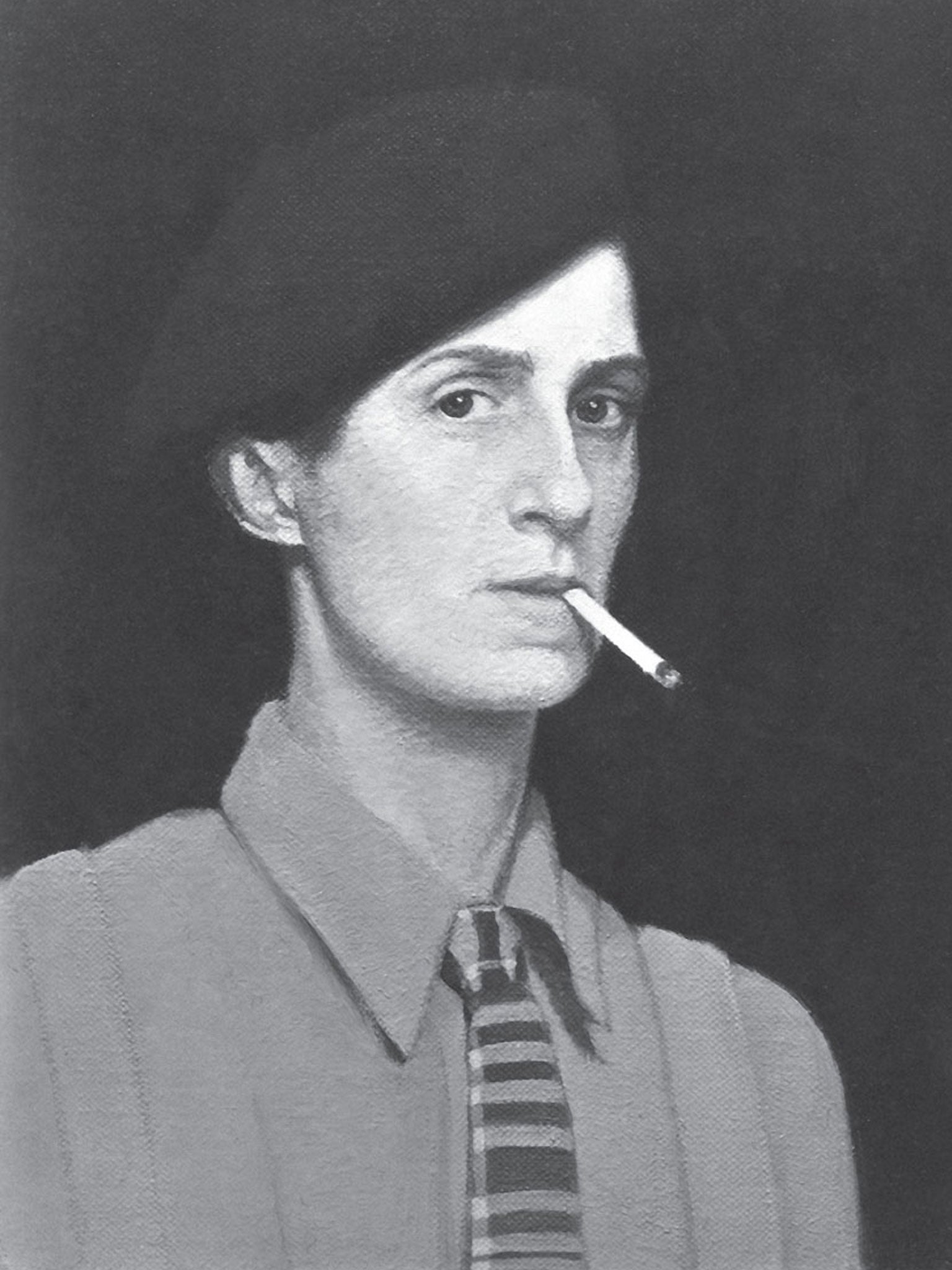Paperback review: Gluck - Her Biography, By Diana Souhami
An artistic life that made ripples

Your support helps us to tell the story
From reproductive rights to climate change to Big Tech, The Independent is on the ground when the story is developing. Whether it's investigating the financials of Elon Musk's pro-Trump PAC or producing our latest documentary, 'The A Word', which shines a light on the American women fighting for reproductive rights, we know how important it is to parse out the facts from the messaging.
At such a critical moment in US history, we need reporters on the ground. Your donation allows us to keep sending journalists to speak to both sides of the story.
The Independent is trusted by Americans across the entire political spectrum. And unlike many other quality news outlets, we choose not to lock Americans out of our reporting and analysis with paywalls. We believe quality journalism should be available to everyone, paid for by those who can afford it.
Your support makes all the difference.In this new edition of her very first biography – the first of many to deal with the lesbian relationships of writers and artists such as Radclyffe Hall, Gertrude Stein, and Natalie Barney – Diana Souhami expresses the hope that the 1988 work and subsequent titles "added to the ripple effect that created a revolution in gay rights". I should think they not only did that, but they also helped to preserve the reputations of writers who might otherwise have slipped from our sight. Hall's novels aren't quite good enough on their own to last; Stein's work is, for many, too obscure; Barney is remembered mainly in the histories of Paris literary salons.
Gluck, or Hannah Gluckstein as she was born, produced art that tallied with her age in a specific way, but to a superb degree. Her relationships with women are highly important because they contributed hugely to her identity as an artist, but they also cost her. Her wealthy Jewish background was something she tried to shed; lesbian relationships, though, were everything, and from a dazzling early career which saw her posing in Tatler (to her father's distress, in trousers and a tie), to the fallow years when she couldn't get over the end of her "marriage" to the exuberant Nesta Obermer, they made her and broke her.
Her difficult nature, the rows with servants and anxiety attacks, are not glossed over either. Souhami presents a familiar enough tale of the price of artistic genius, but its alternative clothing is as fresh and insightful now as it was 25 years ago.
Join our commenting forum
Join thought-provoking conversations, follow other Independent readers and see their replies
Comments